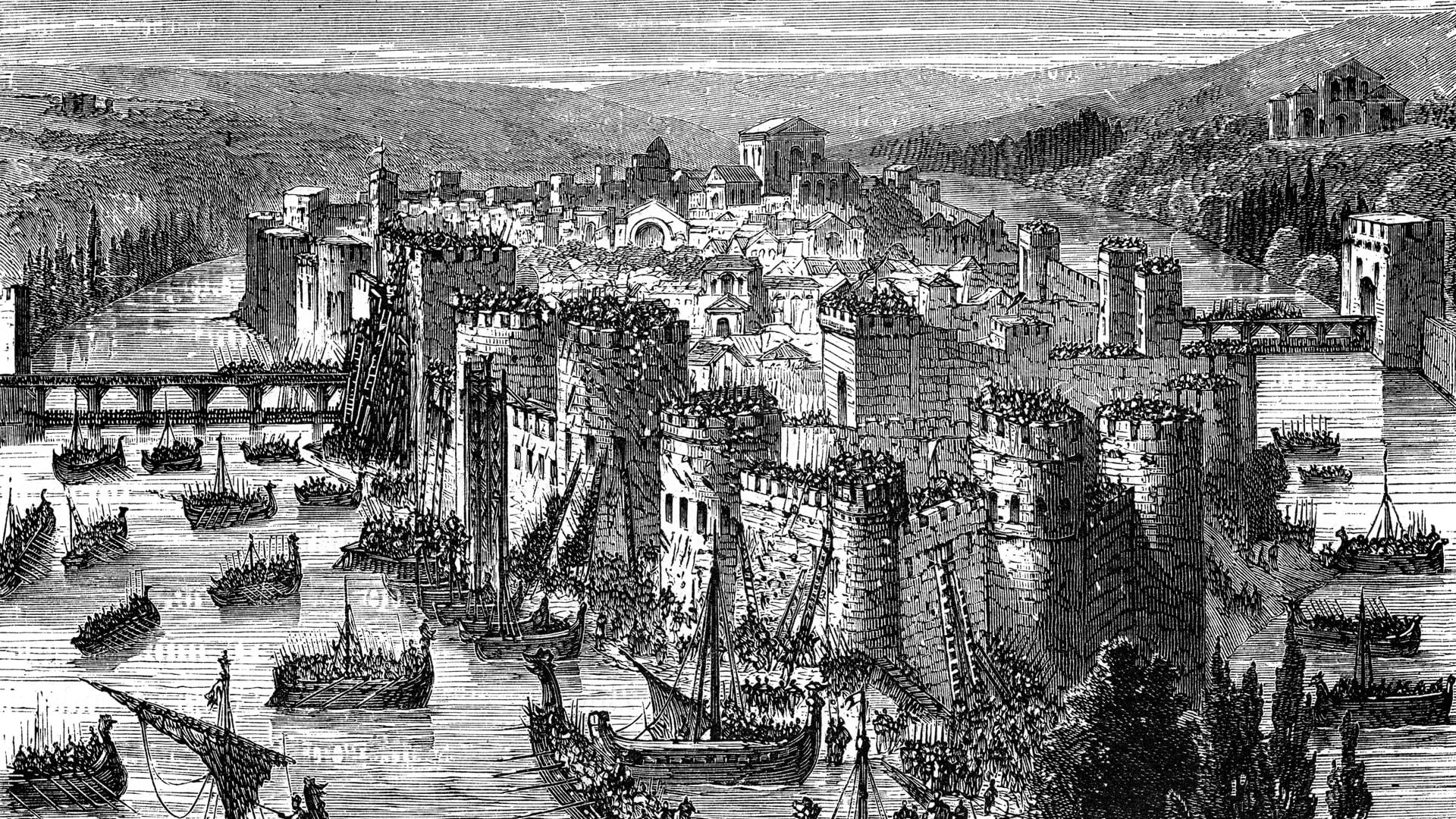
The siege of Paris by the Normans, Vintage engraving. From Popular France, 1869.
From Viking Raids to Weekend Voyages:
A brief story of Norwegian sea adventures.
You find yourself lost in the middle of the North Sea, caught up in an unexpected thunderstorm. The cold, salty wind is hitting you with full force, and water is gushing in over the hull, leaving you soaking wet. You don't know where you are. You don't know how many days it will take to reach shore, if that's even possible. You have no motor, only a sail, which you can't use, and oars that are too weak to fight the current. All you have is your brothers in arms, a faith in the gods and a spirit longing for riches waiting on the other side of the sea.
That is the life of a Viking during the Middle Ages, trying to reach England with the hopes of a better life for your people. Yes, the Viking era is a part of Norway's rich history and comes with a great deal of moral conflict. In many ways, our ancestors were ruthless barbarians. But they were also unfathomably cunning sea explorers with a burning desire for adventure. The Vikings had a special connection to the sea. They were tremendous shipbuilders with an expert eye for navigation long before compasses made their way to the north. Some leaders were even buried with their ships, which says much about the bond between man and his vessel since the ships took around 27,000 hours to build.
Though our past is troubled, it is clear that Norwegians had a deep connection to the sea early on. And our passion for exploring the waters still burns strong, shaping who we are as seafaring people.
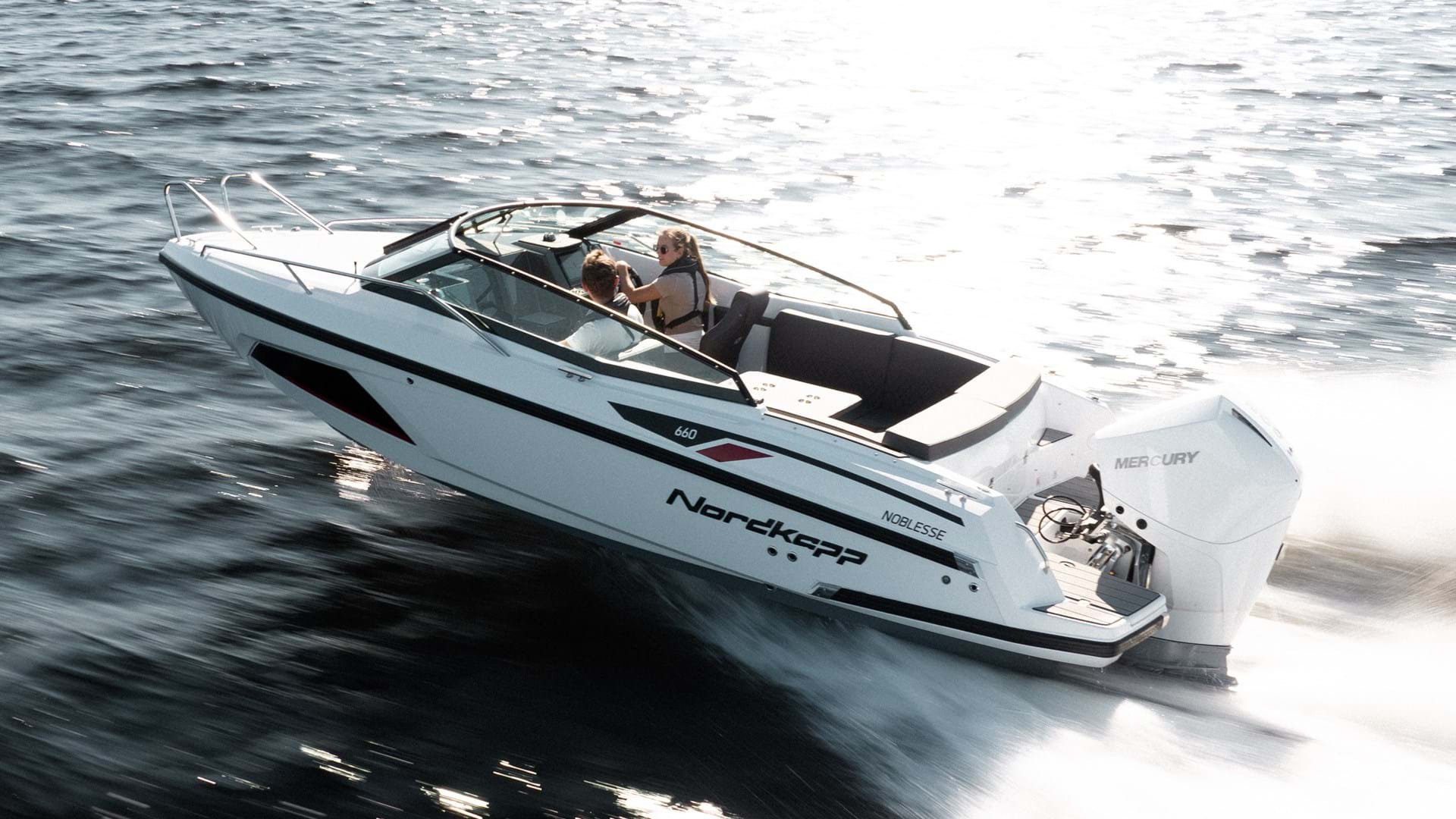
From Norway to Asia: Through the Arctic Ocean
Many years after the Vikings had their last cup of mead, the Norwegian polar explorer Roald Amundsen set sight on becoming the first to sail through the Northwest Passage successfully. A triumphant mission meant Europeans had a direct route to Asia, as the passage connected the Atlantic and Pacific Oceans.
However, the Northwest Passage is known for its challenging conditions since you'd have to pass through the uncharted Arctic Ocean. Including icy waters, freezing temperatures, and shifting icebergs, which made navigation treacherous and often impossible. A few men had tried to cross the Arctic before. Most famously, the renowned polar explorer Captain Sir John Franklin, whose entire crew of 129 people perished in the icy waters.
Thankfully, Roald Amundsen's journey through the Northwest Passage is a tale of triumph in Arctic exploration. In 1903, he led the expedition aboard the ship Gjøa, facing impossible conditions. In preparation for the crossing, the crew spent two winters in the Arctic, learning survival techniques from the Inuit. In 1905, they successfully navigated the Northwest Passage, marking the first complete transit opening up a new world of possibilities for European traders. Only four years later, Amundsen and his crew set sail on his ship "Fram" and became the first people to reach the South Pole. Solidifying his name in the Norwegian history books while marking him as one of the premier polar explorers through time.
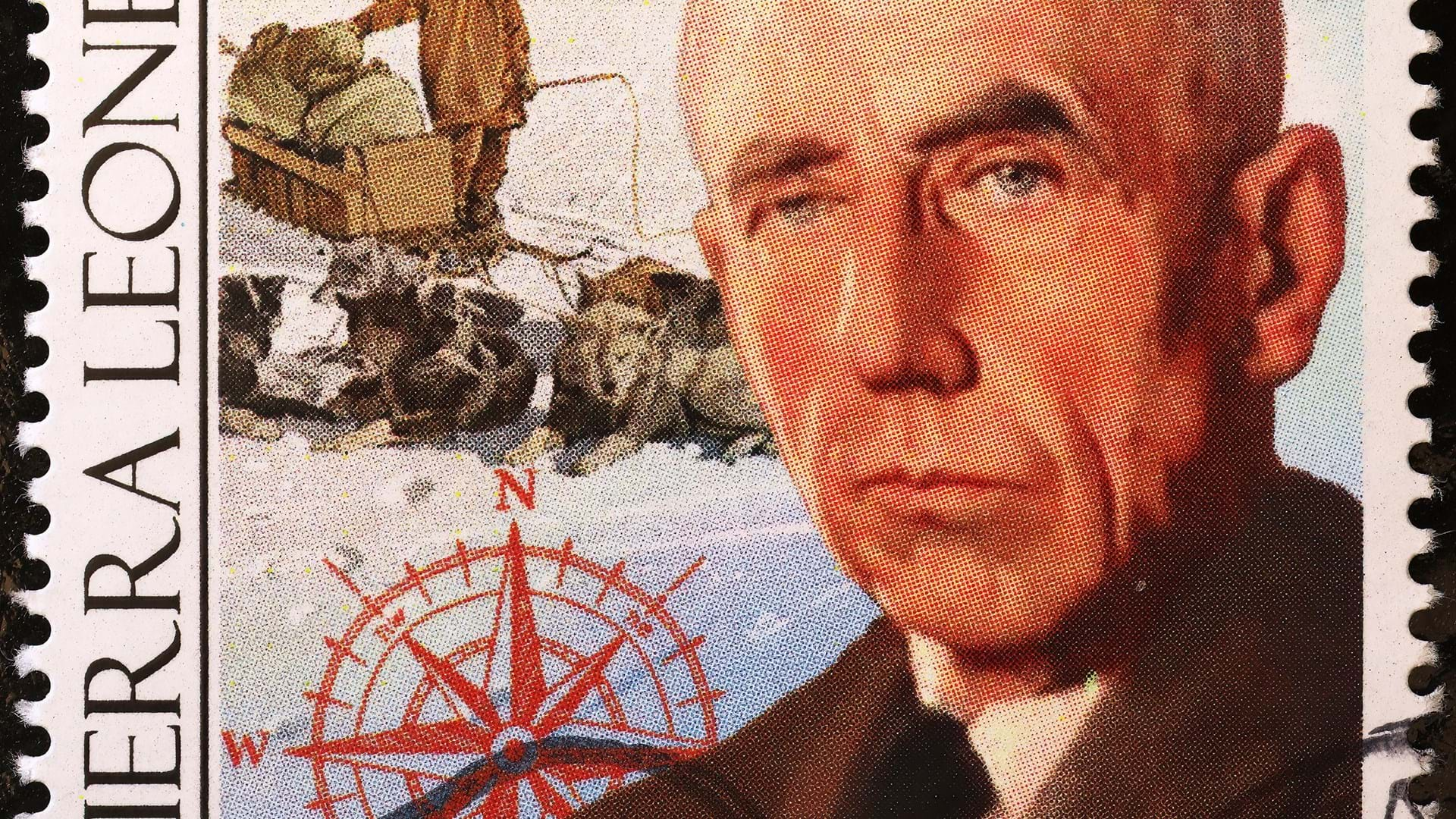
Roald Amundsen portrait on stamp of Sierra Leone
De levde 101 dager på en flåte for å bevise en ting. Men det viste seg at de tok helt feil.
In 1947, as the dust still settled from WW2, the explorer and scientist Thor Heyerdahl and crew headed out on a wooden raft across the Pacific Ocean to prove one point:
"That South American civilizations could have crossed the Pacific Ocean and influenced Polynesian cultures."
Thor Heyerdahl was a Norwegian adventurer and ethnographer known for his daring expeditions that challenged conventional wisdom about ancient civilizations and maritime history. The journey was based on a tale Heyerdahl heard while staying on a Polynesian island. A man told him the story of Kon-Tiki, a Peruvian chief who lived 1500 years ago. Kon-Tiki had brought his people from Peru across the Pacific Ocean to escape war in his homeland—a 7,000-kilometre journey across the open sea.
This story lit a fire in Heyerdahl's adventurous spirit. So, he did the only sensible thing. He gathered a crew and built a wooden raft in Peru, using ancient indigenous techniques and materials to replicate the same type of boat Kon-Tiki and his people would have used. And set sail across the Pacific Ocean.
Many people were sceptical that the endeavour was possible. At sea, the crew would face merciless storms, attacks by sharks (which they killed with their bare hands), and a constant battle to navigate using the ancient ways. After 101 gruelling days aboard the raft, they finally reached the Tuamotu Islands, ending their journey across the Pacific Ocean.
Heyerdahl's Kon-Tiki expedition challenged prevailing theories and ignited debates about prehistoric oceanic travel and cultural diffusion. However, the Kon-Tiki theory would be disproven with DNA testing in time. So, they spent 101 days on a raft to prove a point. But it turns out they were completely wrong. But it made for one hell of a story (and movie). And the journey remains an iconic example of daring exploration and unconventional thinking.
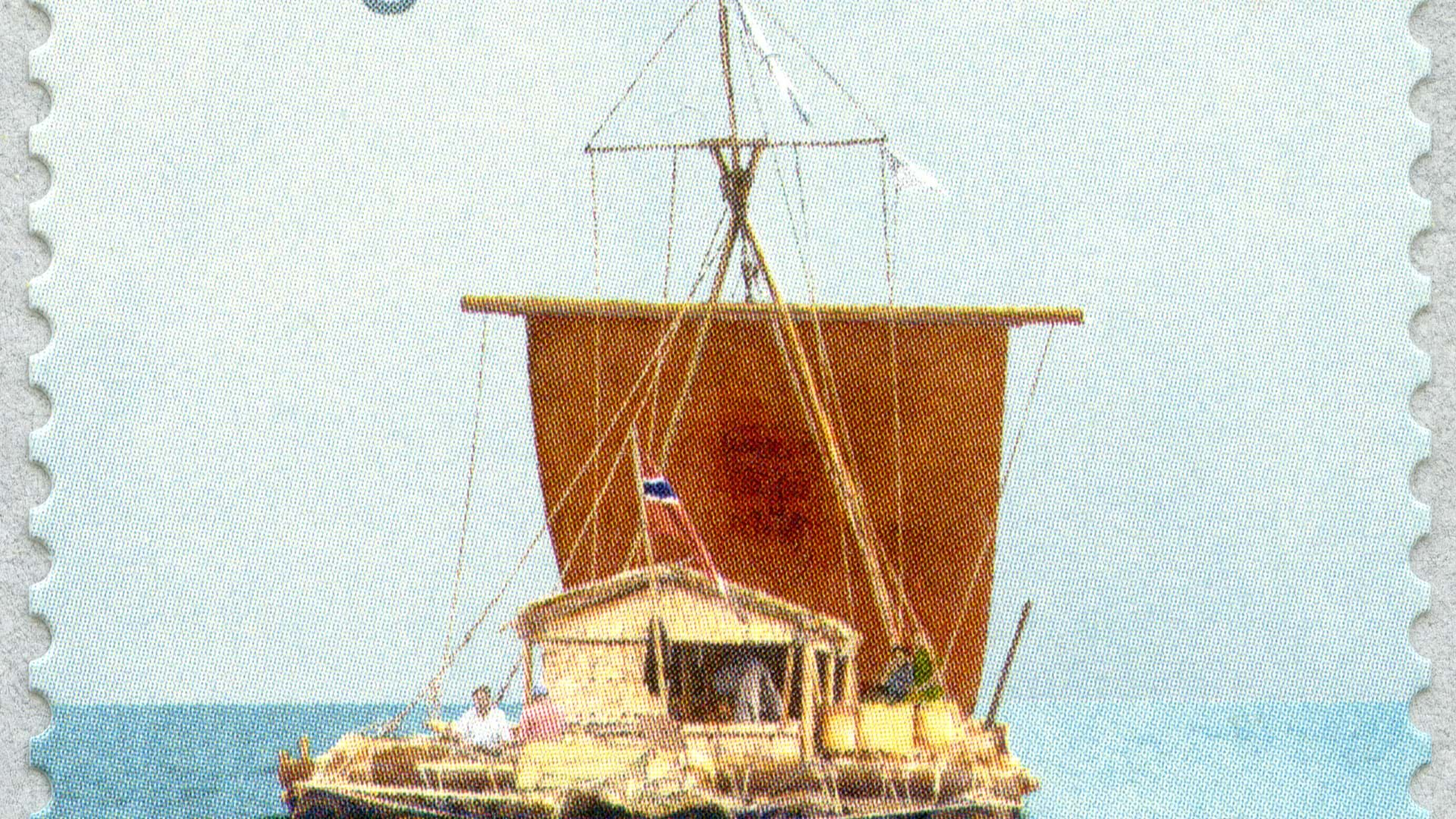
Thor Heyerdahl and the Kon-Tiki raft immortalized on a Norwegian stamp.
The spirit of adventure lives on
An equal part of innovation, boldness, and an unquenchable thirst for adventure drives the history of Norway's maritime ways. At Nordkapp, we continue to build on this legacy by breaking boundaries with the boats we make, enabling people to bring new stories to life. To help fulfil what's rooted in our DNA: The desire to find what's beyond the horizon.
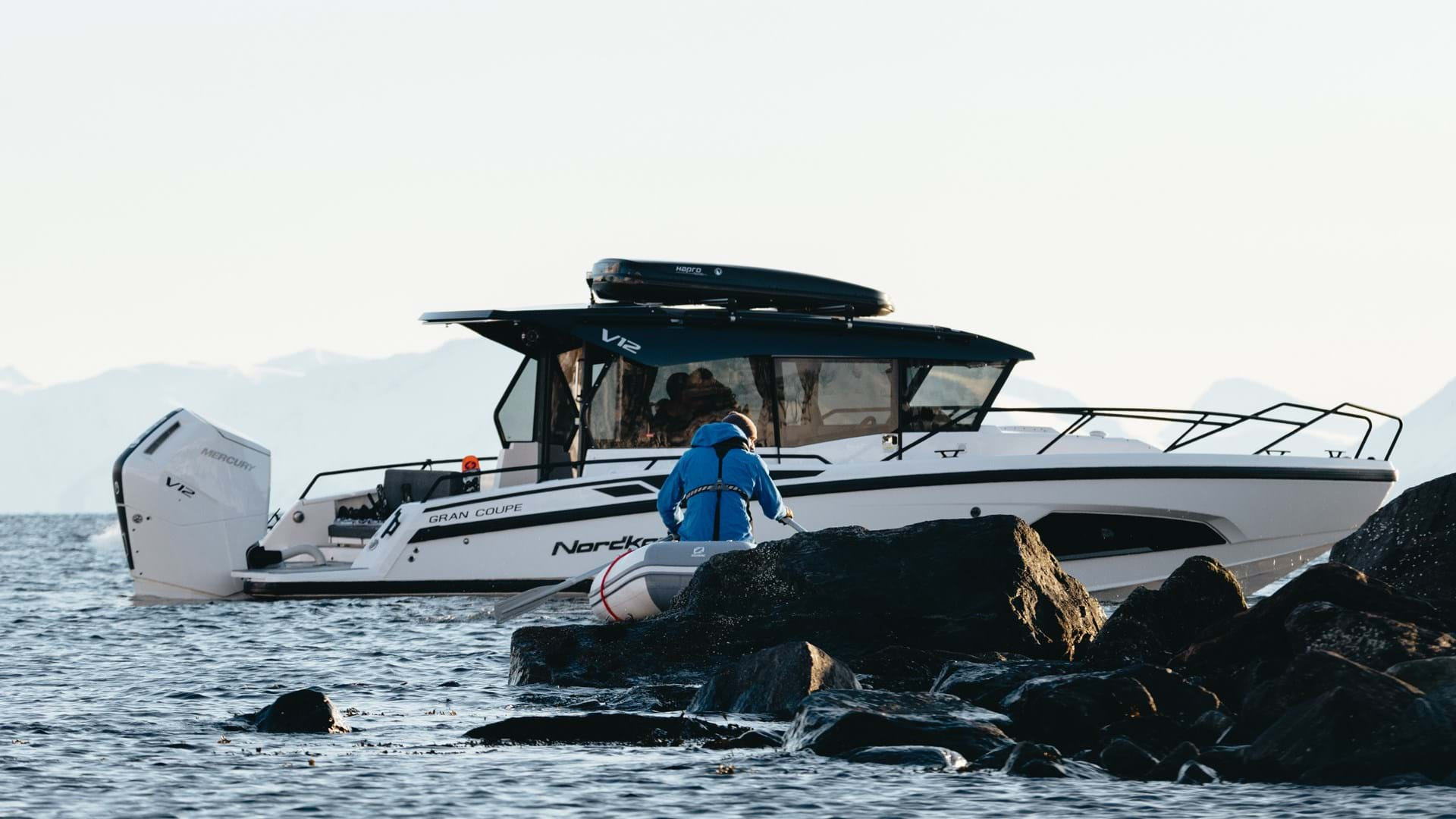
Disclaimer: The depicted boat is not intended or designed to support the weight of a roofbox. The product depicted in the photo and video content is a custom-produced model and is not available for public purchase or use. Any attempt to install a roofbox on any Nordkapp-model may result in damage to the vehicle and pose a safety risk. We strongly advise against such usage.
